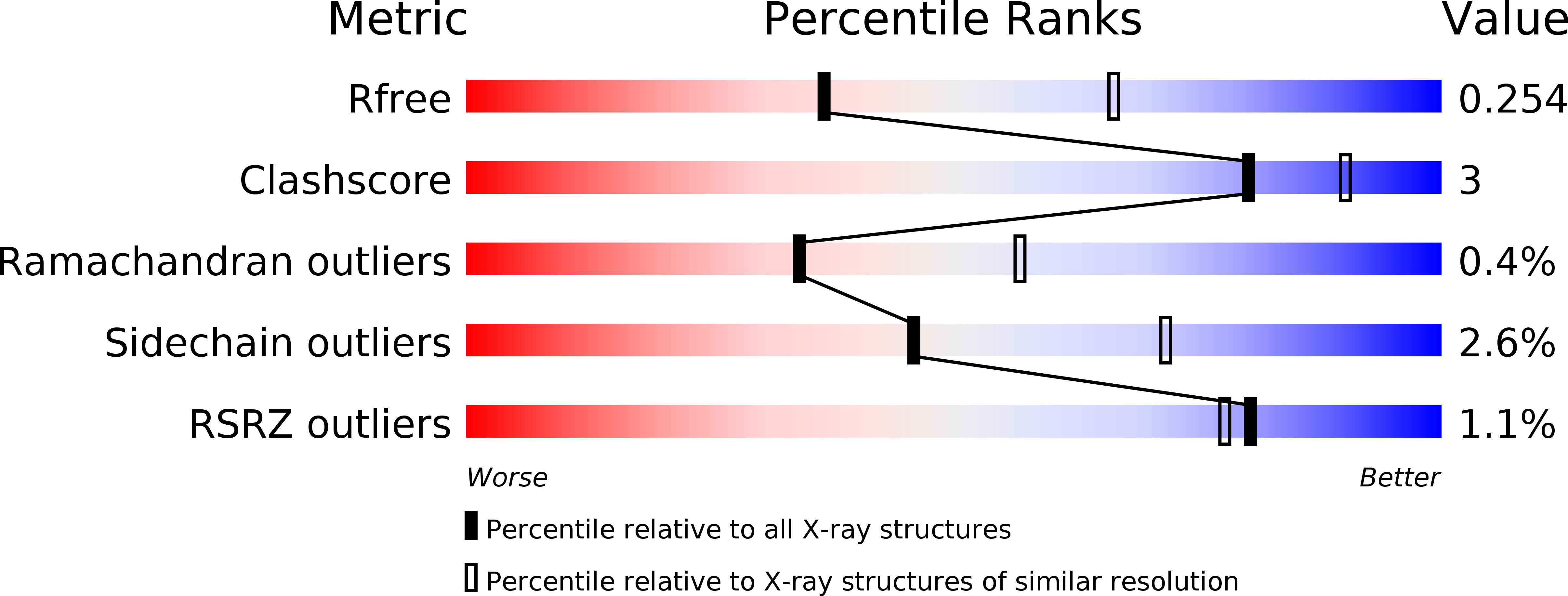
Deposition Date
2007-11-15
Release Date
2008-11-18
Last Version Date
2024-11-13
Method Details:
Experimental Method:
Resolution:
2.60 Å
R-Value Free:
0.25
R-Value Work:
0.19
R-Value Observed:
0.19
Space Group:
C 2 2 21


